#sci art
Text
i think i might cry.
#big bang#hank green#space#tiktok#science#sciblr#scienceblr#astronomy#cosmology#universe#poetry#!!#sci art#science art
935 notes
·
View notes
Text
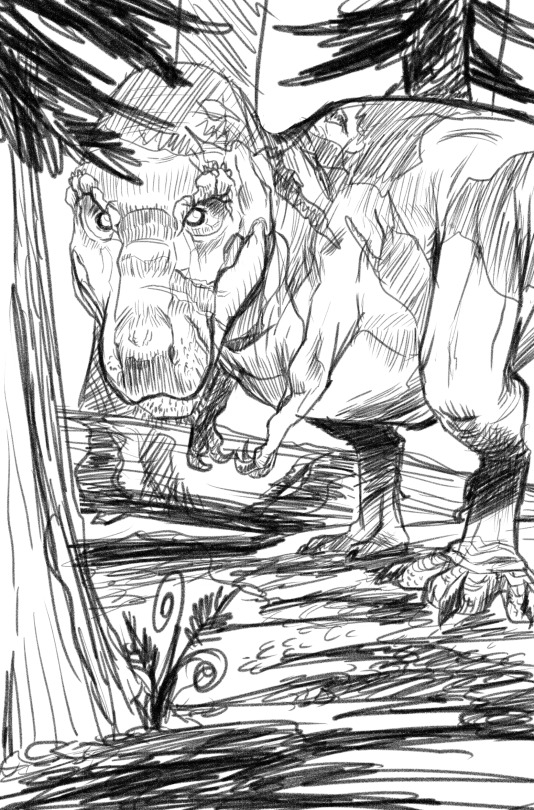
Caught a tyrannical stare out in Hell Creek this afternoon.
#illustration#paleoart#trex#dinosaurs#art#hell creek#sketches#tyrannosaurus rex#drawings#kidgalactus#nature#sci art#hatching#linework
148 notes
·
View notes
Photo
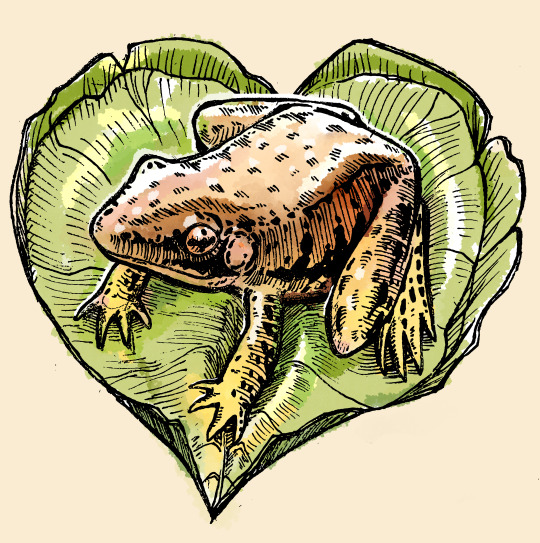
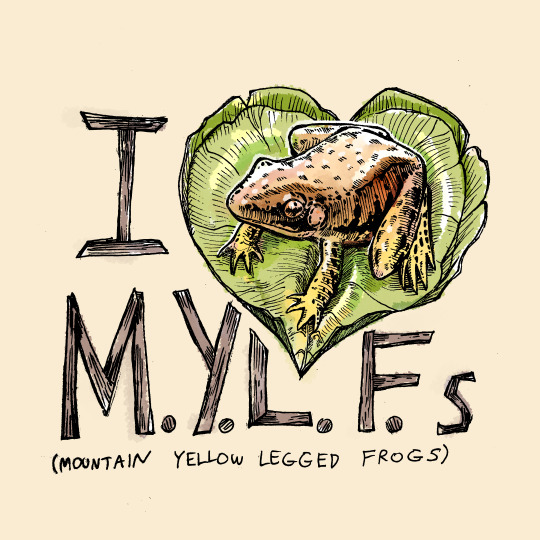
Mountain Yellow Legged Frogs, endemic to alpine lakes in the Sierra Nevada, are severely impacted by the chytrid fungus and other threats. Unfortunately, not a lot of people know about MYLFs so I was hoping to create a t shirt design to spread MYLF awareness and hopefully help save these fascinating creatures. For some reason the gift shop says they won’t sell this, though.
2K notes
·
View notes
Text
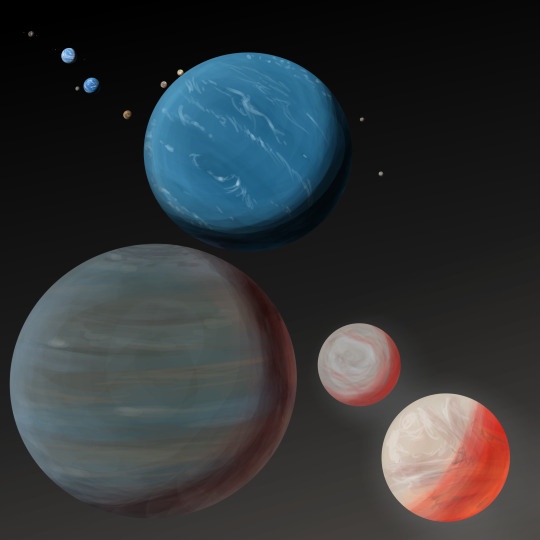


Losar System
Cooking the Solar System from the Inside Out
(yeah lol it does kinda look like it says Loser)
For this system layout, I have taken the Solar System planet's orbital distance in astronomical units, and taken the reciprocal.
The major planets, in order of increasing distance from Los, are Enutpen, Sunaru, Nrutas, Retipuj, Sram, Thrae, Sunev, and Yrucrem.
Read more about them below the cut:

The Losar system formed through a very different mechanism to our solar system. I'm not sure entirely about the specifics, but the arrangement is not dissimilar to the Kepler-90 system, in which 6 super-earth-mass planets are extremely compact and close to their parent star, with a low-mass and a high-mass gas giant at the outer part of the solar system. Perhaps as Retipuj formed, it migrated inward, carrying with it the ice and gas necessary to form the super-earth-mass planetary cores which accreted into Enutpen and Sunaru, or perhaps there was some kind of switcharoo where the Hot Ice Giants started out on more distant orbits, before crossing orbits with Retipuj and then being coralled into lower orbits.
Either way, some kind of migration is necessary, since Enutpen and Sunaru are volatile-rich, and the outer planets are comparatively volatile-poor.
I've excluded Pluto (or "Otulp") and the other dwarf planets, not because I don't like them or think they count as planets, but because I think by the time you're accounting for every large object in the Solar system in the Losar system, it just gets really implausible. also I bet some objects end up inside of the Sun. Plus, this kind of thought experiment is playing the same kind of planetary dynamics game that splitters are playing when they say Pluto's not a planet. Suffice to say, there are definitely lots of interesting small worlds in the Losar system, but they don't have 1:1 analogues with Solar system planets.
There are only five large moons in the entire system. Aside from Retipuj, satellites and rings are not stable around any of the Hot Giants. If satellites were initially formed around the Hot Giants, they would have either crashed into the planets or were ejected into one of the asteroid belts.
The first civilization to arise in the Losar system are the Sunevians, suspiciously great-ape-like feathered aliens who walk on their upper limbs and use their lower limbs as graspers. Sunev is an oceanic world with one large australia-sized landmass and a great number of volcanic islands. The ocean is relatively shallow, with a lot of coral reefs across the planet. The world is kept warm due to an atmosphere with an Earthlike composition but over twice the atmospheric pressure. Its slow retrograde rotation period results in day/night cycles which are more like seasons, and there is plenty of time during the warm nights to peek through the relatively dense cloud cover into the nearly empty sky. Early or late in the night, one might be able to see Thrae and Noom, or Sram, or if they catch it at just the right time, they might see the incredibly bright spectacle of Retipuj or even Nrutas peek out of the treeline, brighter than any planet or star. On a really good sunset across the ocean with clear skies, some observers report seeing additional super-bright red stars next to the red Sun, but these are thought to be some kind of weather phenomenon reflecting sunlight.
In rare moments of clear skies at night, away from light pollution, one might see many faint hazy spectacles. The zodiacal light (meteoroids orbiting beyond Yrucrem) shines as a faint haze across the ecliptic. The milky way too, shines as a glittery patchy cloud across the sky. But sometimes, every few hours, early in the night, there is a bright patch near the sun, brighter than the zodiacal light. A mystery for ages, but this is now known to be the cometary tail of Enutpen. Sunaru's tail is also detectable, but substantially fainter.
Sunaru and Enutpen were the first planets to be discovered, and were detected within a week of one another by early Losar observers. After the invention of the astronomical telescope, a reflector, observers got very bored during the daytime months. That is, until someone figured out a safe way of pointing towards the Sun. At a cadence of 52 and 103 hours, little black dots would march across the Losar disk. 52 hours was also the cadence of the brightening and dimming of the twilight zodiacal light. And suddenly, two brand new planets were discovered!
Millions of years later on the cold ice-age planet Thrae, astronomers would have an easier time with Enutpen and Sunaru, having known them to be planets since antiquity, due to their apparitions during total solar eclipses. Thrae's comparative cloudlessness also helps.
Sunev has three tiny asteroid moons, which was a helpful jumpstart to Sunevian space exploration, providing early wins for all four space programs. But these little asteroids were not truly other worlds, merely refueling outposts on the way to the rest of the Losar system.
Every few years, there would be a perfect alignment between Sunev and the Hot Giants to allow for a grand tour to be completed using only flybys of the gas giants, with minimal propellant expenditure. The first grand tour attempt got no further than Retipuj--contact was lost due to overheating before the probe made its Nrutas flyby. Specially developed solar flyby probes had to be developed that could survive hotter temperatures before the Hot Giants could be properly explored. These probes would resemble the Parker Solar Probe in some ways, albeit with very different scientific instruments designed for planetary science as opposed to Oilehphysics. Nrutas, Sunaru, and Enutpen turned out all to be much less massive than originally thought, having been puffed up to a larger diameter by being cooked by solar radiation. Nrutas, thought to be the king of the planets, turned out to be merely puffing up its crest to appear regal, so to speak.
Retipuj's moons were incredibly interesting. Retipuj turned out to have 8 satellites--four tiny inner asteroid moons, and four large satellite planets. Otsillac, the innermost turned out to be a volcanic world, yellow-brown in color and pitted with dull-red volcanoes, and a thin atmosphere constantly replenished by volcanic plumes. The next three are in a Ecalpal Resonance of 1:2:4. Being both larger than Otsillac (and, in fact, Yrucrem) and in a more eccentric orbit, Edymenag was even more volcanically active, with a molten surface and exposed mantle. The smaller and more distant Aporue and Oi turned out to be less active, with only a few active volcanoes and many extinct ones. Oi was the least active--although the most recent eruptions were only half a million years old, it was practically dead. It was also the only one with a substantial amount of impact craters, and like Thrae's satellite, Noom, there is likely some volatile ices stuck in the permanent darkness of polar craters.
Hot Giant exploration was best appreciated by specialists, but the other outer planets were much more appreciated. Sram was thought to be warm enough to potentially support liquid water, but its atmosphere ended up being 1/20th of the pressure initially expected, the majority of it having been blown away into space by the Losar winds and the Enutpen tail. But Thrae was a sweet spot--it may have had a thinner atmosphere, but that was compensated by being nearer to Los. In addition, a giant impact it sustained billions of years ago lead to it having a powerful magnetic dynamo to survive the onslaught of the Losar and Enutpen winds. Thrae was a habitable biosphere of similar complexity to Sunev's, albeit with deeper oceans and all the alien horrors that comes with the territory.
Even Yrucrem turned out to be a surprise--despite a dull appearance in telescopes, it was found to have cryovolcanoes and pockets of subsurface oceans, which could potentially support a biosphere. It's a dark brown color due to ice having been aged by solar radiation, with white spots and rays spraying out from recent asteroid impacts and cryovolcanic plumes. The small planets of the trans-Yrucrem asteroid belt were a similar treasure trove, although the nearest large trans-Yrucrem planets were a dozen au away, and requiring RTG power sources. Initial flyby probes to the Trans-Yrucrem-Objects required both being capable of surviving the oppressive heat of Los-shine near Retipuj, and the cold of deep deep space, in order to take advantage of Sunev-Thrae-Sunev-Retipuj gravity assists.
The Sunevians never had a chance to discover the deepest secrets of the Losar system. Their planet froze over due to anthropogenic aerosol production intended to reverse anthropogenic carbon emission, civilization fell, and it never recovered.
But millions of years later, perhaps the Thraelings have a chance to discover, whether through direct imaging or through analyzing the weirdly arrayed orbits of certain trans-yrucrem objects, the four Cold Giant planets, and the distant brown dwarf companion of the Losar system...
#Space#Planets#Long Post#Gas Giants#Ice Giants#Hot Jupiter#Hot Saturn#Puffy Jupiter#Solar System#Worldbuilding#Sci Art#Space Art#Planet#Moons#Moon#alternate universe#alternate history#speculative fiction#Science fiction#hard science fiction#digital art#astronomy#space exploration
76 notes
·
View notes
Text
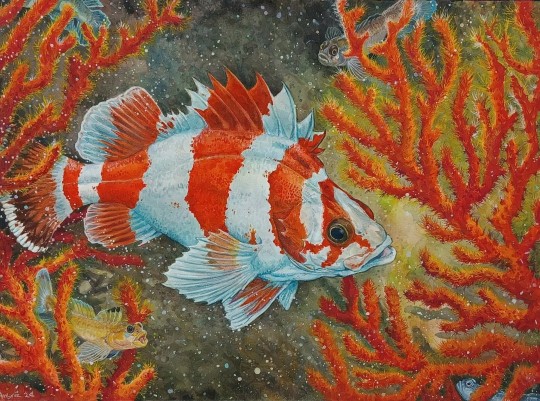
It's the darndest, tumblr. I was so annoyed at the whole ai-scrapery party I never uploaded the second fish.
Glazed for your pleasure.
Sebastes rubrivinctus and some gobies
#sci art#sciart#natsci#fish#natural history#natural science#rockfish#califronia#marine life#sea creatures#art#painting#illustration#watercolor
15 notes
·
View notes
Text
Across the Divide
When cells divide, their 'internal organs' or organelles must be apportioned to the daughter cells correctly. This study reveals the mechanisms underlying the behaviour of endoplasmic reticulum – the organelle at the heart of protein production from the RNA code – in cell division
Read the published research paper here
Video from work by Katherine R. Rollins and J. Todd Blankenship
Department of Biological Sciences, University of Denver, Denver, CO, USA
Image originally published with a Creative Commons Attribution 4.0 International (CC BY 4.0)
Published in Development, November 2023
You can also follow BPoD on Instagram, Twitter and Facebook
20 notes
·
View notes
Text
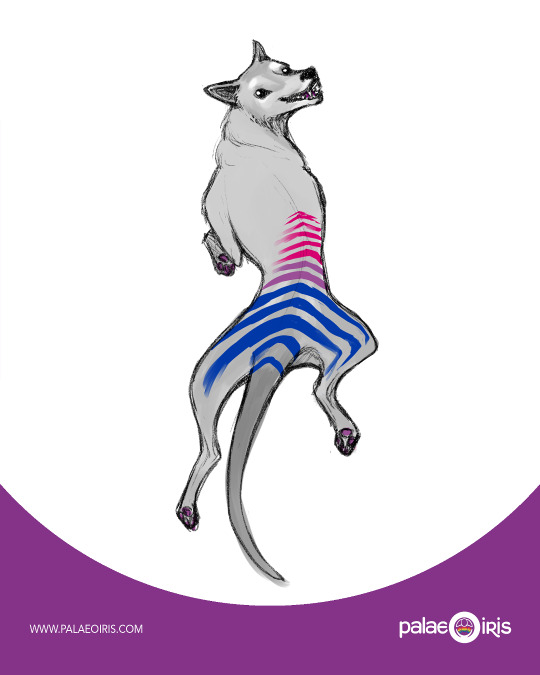
Bisexual Pride flag + Thylacine sketch
Personal use with credit welcome and encouraged ^^
#Thylacine#Thylacene drawing#Thylacene Art#palaeoart#pride in STEM#Palaeo Pride#queer#stem#queer in stem#sci art#science art#science illustration#queer in science#LGBT in STEM#palaeontology#paleontology#queer illustration#Queer Scientist#Queer Science#bisexual pride#bisexual STEM#bi in STEM#bisexual#bisexual paleontology
8 notes
·
View notes
Text
Searching for Halley's Comet at Greenwich Observatory (1909)

This light-hearted take on astronomy's endless quest for bigger and better telescopes illustrates the growing popular interest in astronomy, particularly surrounding events such as the return of Halley’s Comet, and demonstrates that the Royal Observatory has long been intimately connected in the popular imagination with such important moments in astronomy
6 notes
·
View notes
Text

71 notes
·
View notes
Text

sorry my demons won
#art#maid dress#cafe#café#bacteriophage#phage#coffee#microbio#microbiology#microbiology art#microbio art#meme#virus#sciart#sci art
21 notes
·
View notes
Text
Sneaking in one more for #InternationalPolarBear - and #MosaicMonday!

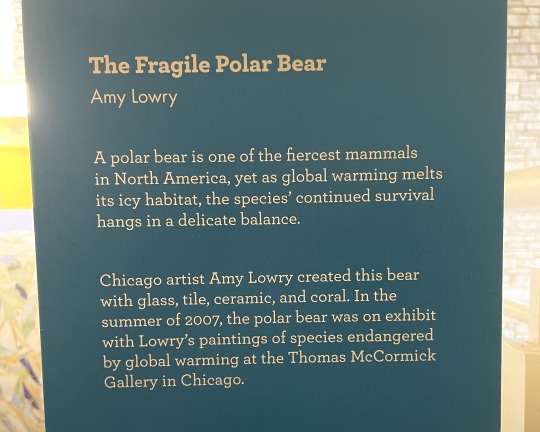
From the contemporary art corner: The Fragile Polar Bear by Amy Lowry, 2007. Mosaic is glass, tile, ceramic, and coral. On display at the Peggy Notebaert Nature Museum in Chicago.
#polar bear#bear#mosaic#sculpture#21st century art#contemporary art#American art#sci art#Peggy Notebaert Nature Museum#museum visit#International Polar Bear Day#Mosaic Monday#animals in art
17 notes
·
View notes
Photo

🌐✨ Happy Star Wars Day ✨🌐
May the Fourth be with you!
i♡histo
Star Wars histology from top left, clockwise:
1. The Graafian follicle Death Star
In a galaxy far, far away an intergalactic superweapon is halted in metaphase II of meiosis amid a surge in Luteinizing Hormone.
2. Jabba the Corpus Albicans
“makingsa lee ka bok pateesa… beeska chata wnow kong bantha poodoo”
(translation) “you may have been a good friend..but now you are bantha fodder”
The corpus albicans is a structure in the ovary that is formed when the corpus luteum regresses.
3. Tusken Raider in the Liver
Despite what you see here, Tusken Raiders are not native to the human liver. If you think that, then you are making a wookie mistake.
The image is actually a portal triad and demonstrates the major structures that enter and leave the liver: hepatic artery, hepatic portal vein and bile duct.
4. The Empire Strikes Back (at the Liver)
Liver histology is definitely where it’s At-At!
A region of connective tissue among the hepatocytes in the liver.
---
Images by @ihearthisto, @drjohnrajala, @zenonich and @hopkins_gi_path respectively
#histology#anatomy#science#pathology#med school#med student#med lab#star wars#May 4th#may the 4th be with you#nurse#nursing#dental school#dental student#dentistry#vet science#vet school#veterinary#pre med#sci art#ihearthisto
95 notes
·
View notes
Text

Next assignment was to make a few very rough drafts to figure out the composition of the illustration. i need to make up my mind and choose a distribution of the elements to start and finish a neat draft due today (thanks procrastination) but i’m still not sure i like any of these.
the ones that look best i think are when the pollution due to the oil industry part is in the center of in a focal point in the foreground. the first option puts a Lot of attention into the human aspect and the second one allows me to make a nice circle shape for the cycle and then add pollution on one side creeping towards the rest.
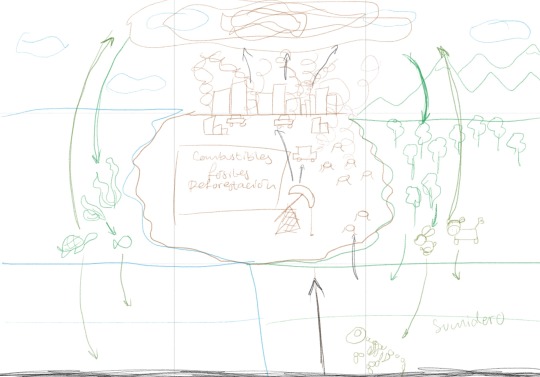
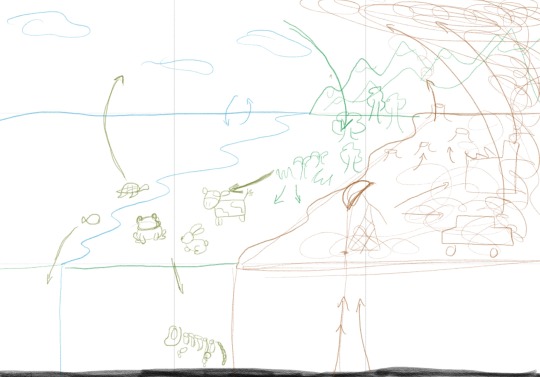
11 notes
·
View notes
Text
Artober Day 22. Megalonyx.
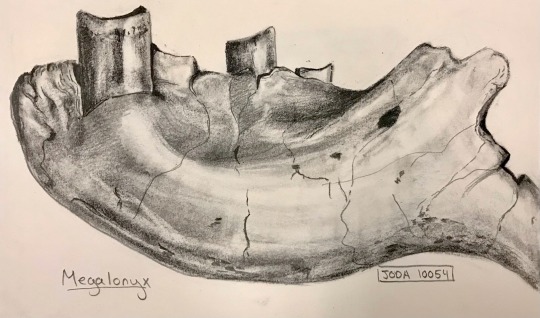
4 notes
·
View notes
Text

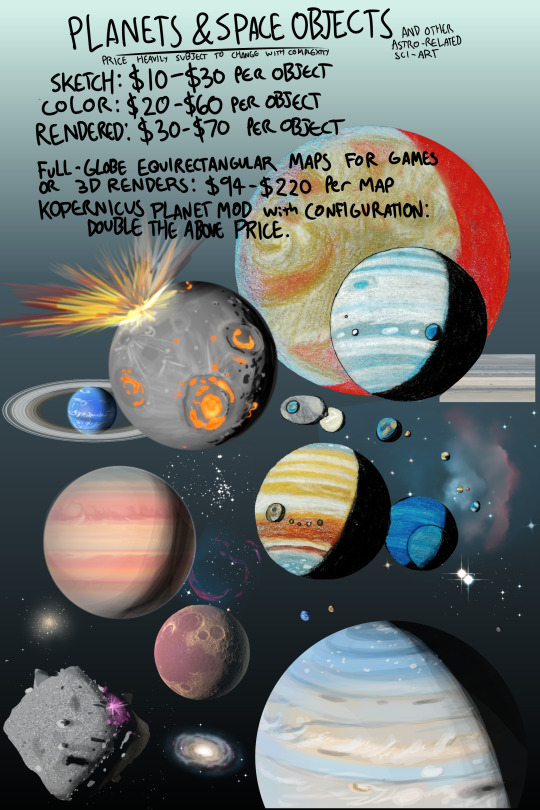
COMMISSIONS by Luna (Whirligig-Girl)
Contact: DM me on social media or email me at WhirligigGirl [at] gmail [dot] com
Humans & Humanoids
Prices subject to change based upon complexity and props
Backgrounds priced on a case-by-case basis. Very rough ballpark: triple the overall price for a complex background.
Choose a Line Art Style
Sketch:
Head or Bust: $14
Full torso: $18
Knees or full body: $20
Clean:
Head or Bust: $31
Full torso: $40
Knees or full body: $44
Lineless:
Head or Bust: $41
Full torso: $50
Knees or full body: $54
Add on a Coloring Style
Solid Color
Head or Bust: +$14
Full torso: +$18
Knees or full body: +$19
Cartoon Shaded
Head or Bust: +$19
Full torso: +$23
Knees or full body: +$24
Rendered
Head or Bust: +$24
Full torso: +$28
Knees or full body: +$29
Non-Humanoid Aliens & Robots
Prices subject to change based upon complexity and props
Backgrounds priced on a case-by-case basis. Very rough ballpark: double the overall price for a complex background.
Choose a Line Art Style
Sketch: $25
Clean: $55
Lineless: $65
Add on a Coloring Style
Solid Color: +$20
Cartoon Shaded: +$25
Rendered: +$30
Vehicles:
Prices heavily subject to change based upon complexity.
Backgrounds priced on a case-by-case basis. Very rough ballpark: double the overall price for a complex background.
Choose a Line Art Style
Sketch: $30
Clean: $65
Lineless: $76
Add on a Coloring Style
Solid Color: +$30
Cartoon Shaded: +$35
Rendered: +$40
Planets and Space Objects
Prices heavily subject to change based upon complexity.
Sketch: $10-30 per object
Solid Colored: $20-60 per object
Rendered: $30-70 per object
Full globe equirectangular map for games or 3D renders: $94-220 per map. (Heightmap and Color map)
Kopernicus planet mod with configuration: Double the price above.
Examples of Previous Commissions:
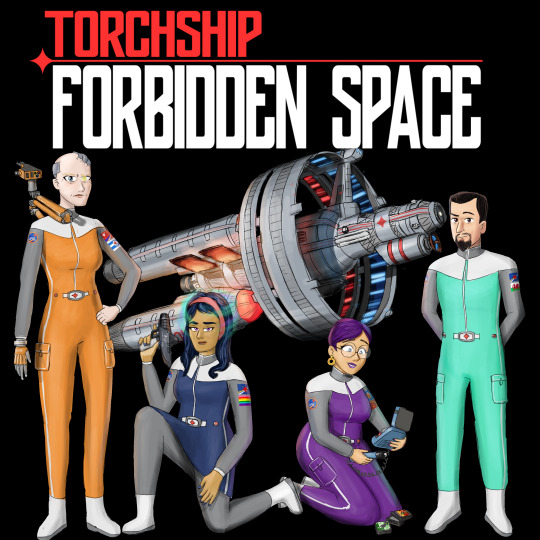


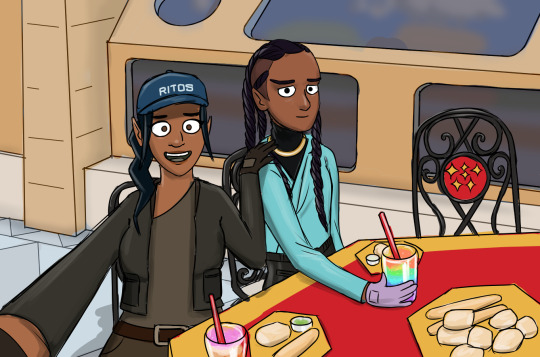




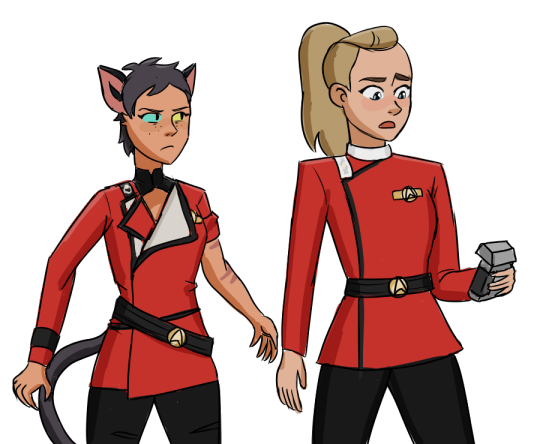
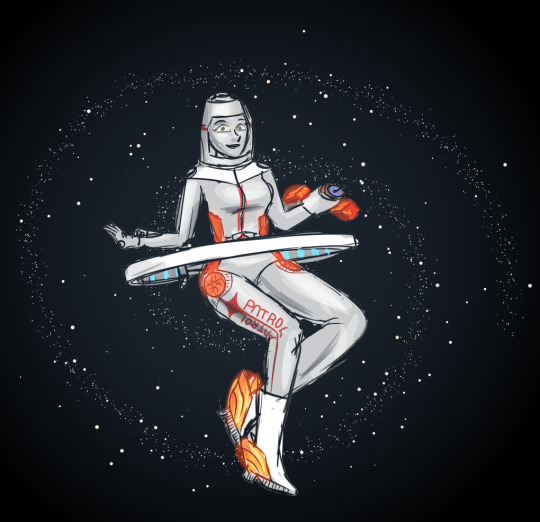
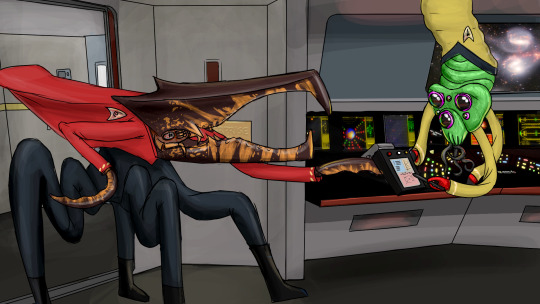
#Long Post#Commission#Commissions#Taking Commissions#Open Commissions#artist#digital artist#sci art#science art#space art#fan art#star trek#trains#spaceships#planets#rockets#spacecraft#hard sf#fantasy art#original characters
73 notes
·
View notes
Photo

space kitty again
ow my hand hurts remember how i said i had a cool idea for the colors on this animation??so yeh i exported each frame and painted it
the frames look quite satisfying, here are some stills

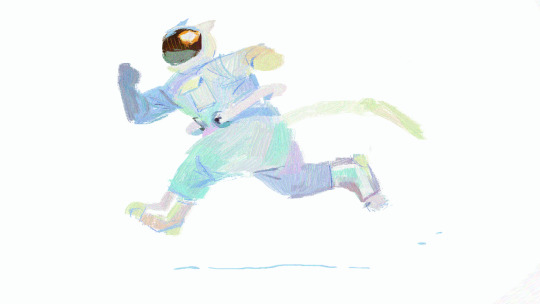
#animation#gif#kitty#space kitty#space cat#sci fi#space#heavypaint#run cycle#running animation#painting#art#sci fi action#furry
61K notes
·
View notes